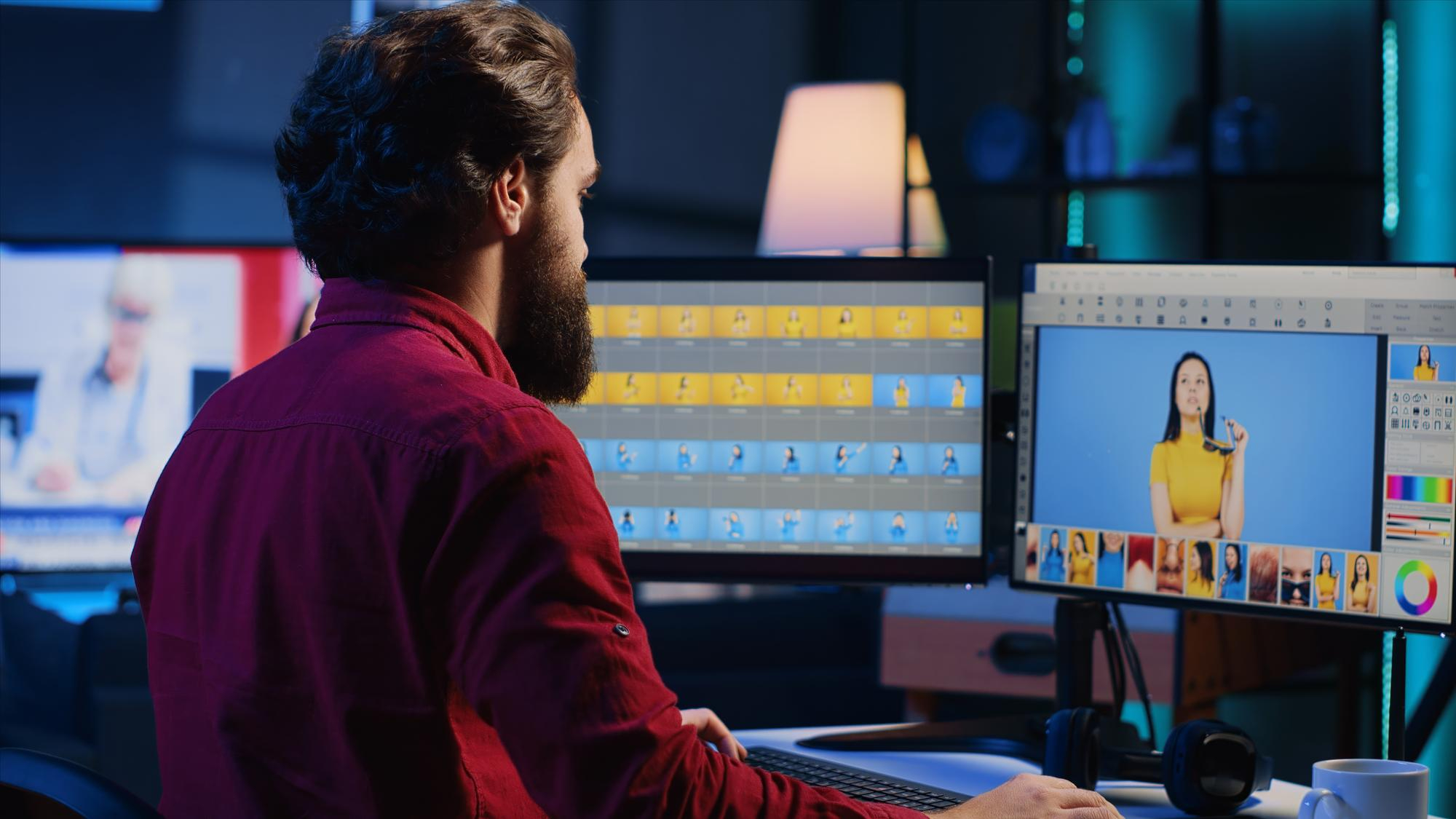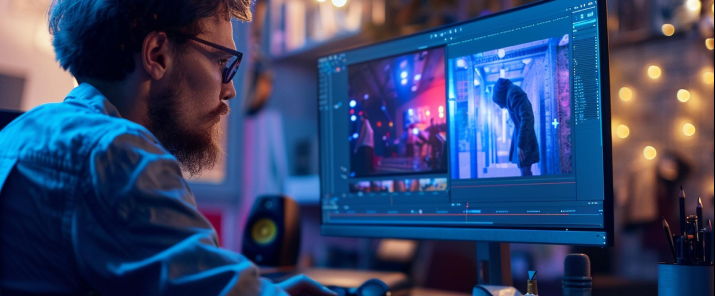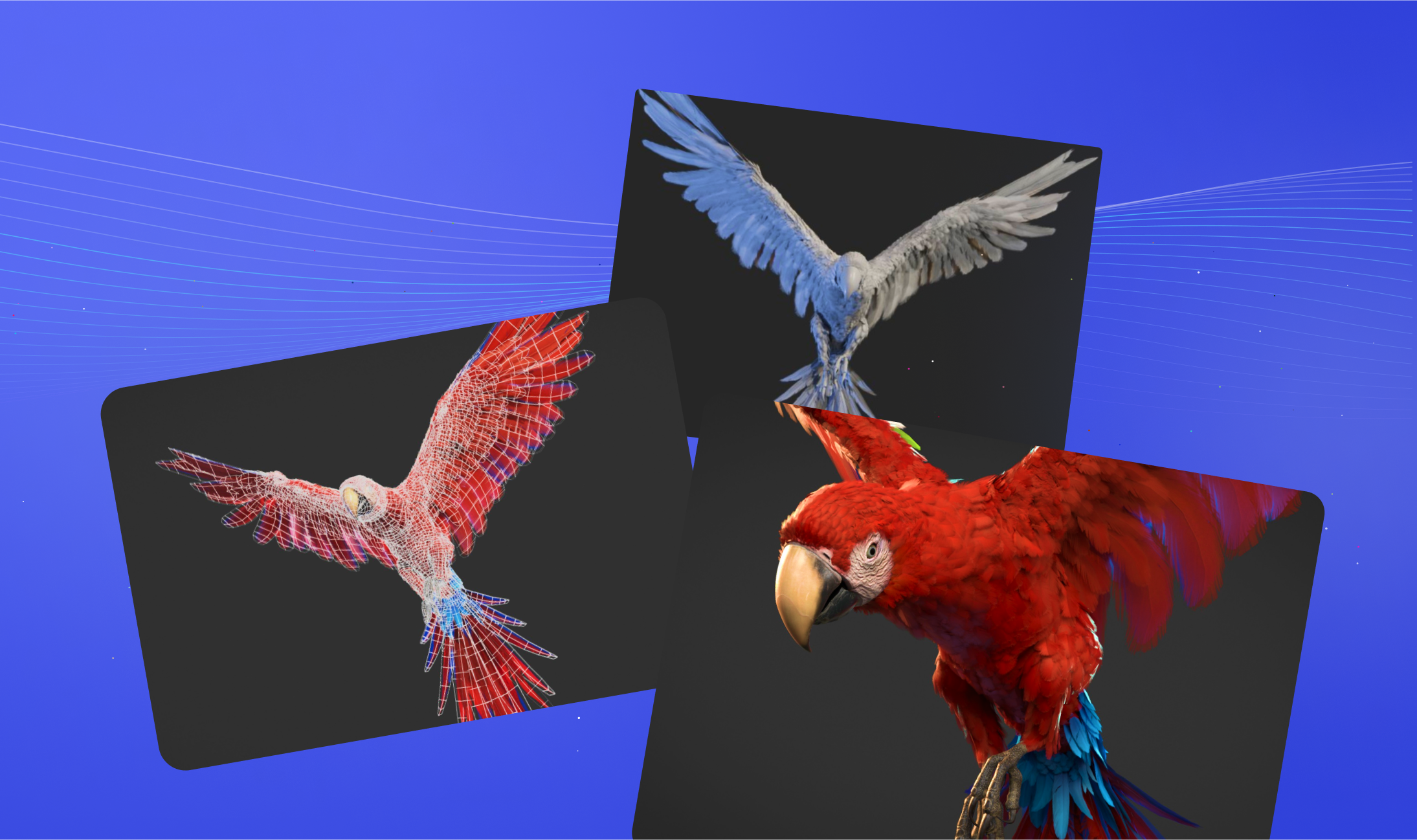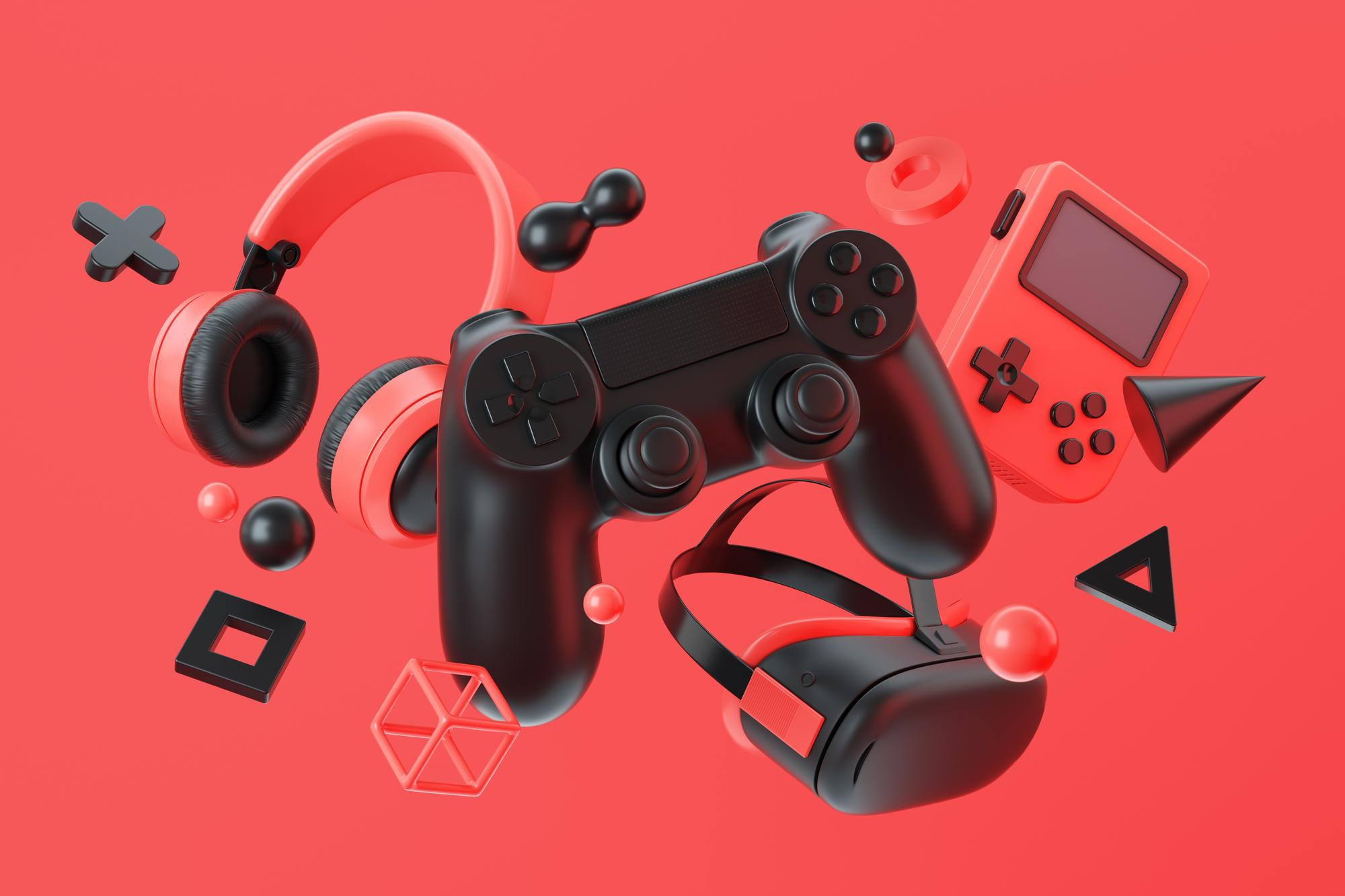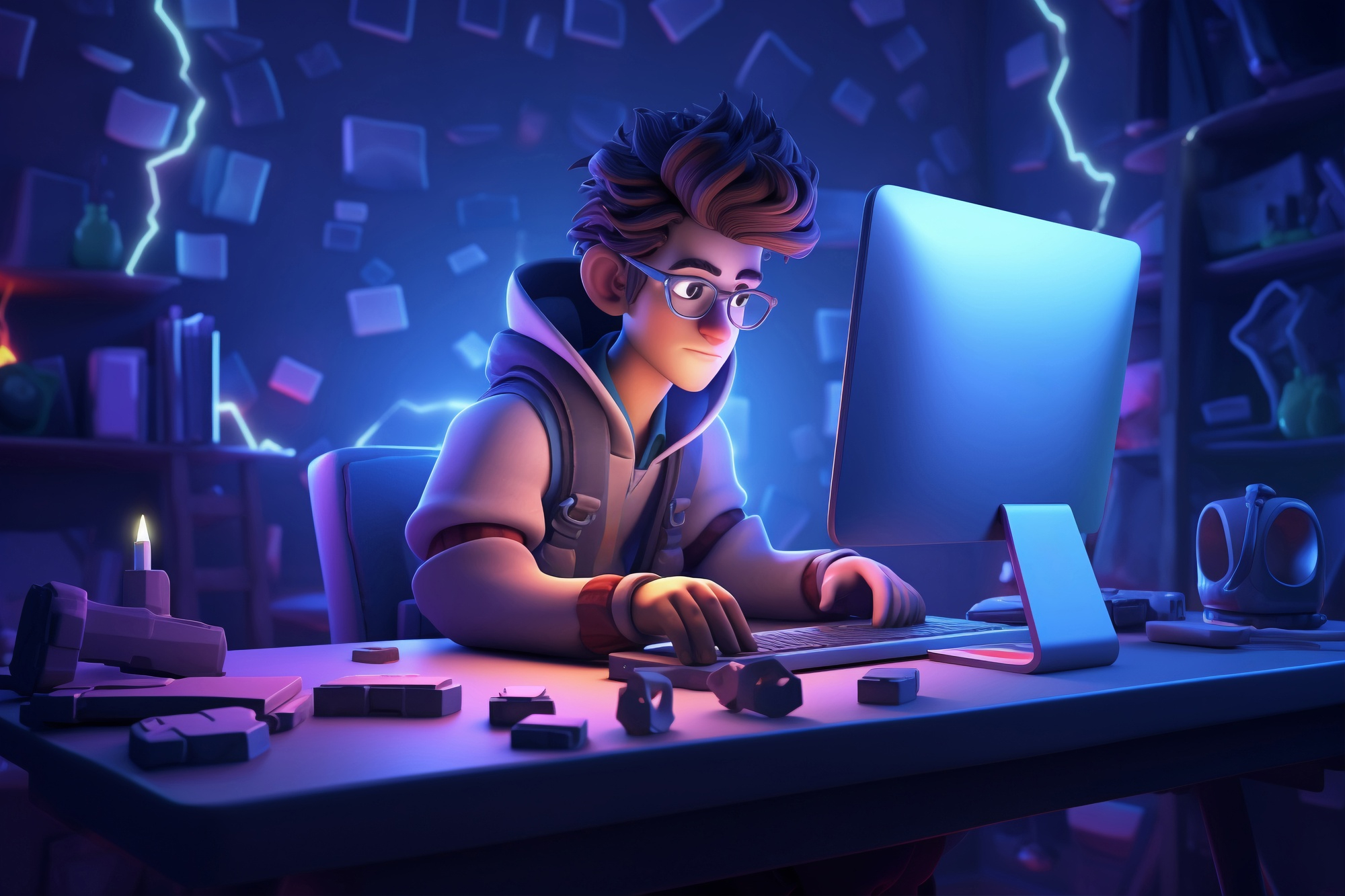Devoted CG Blog
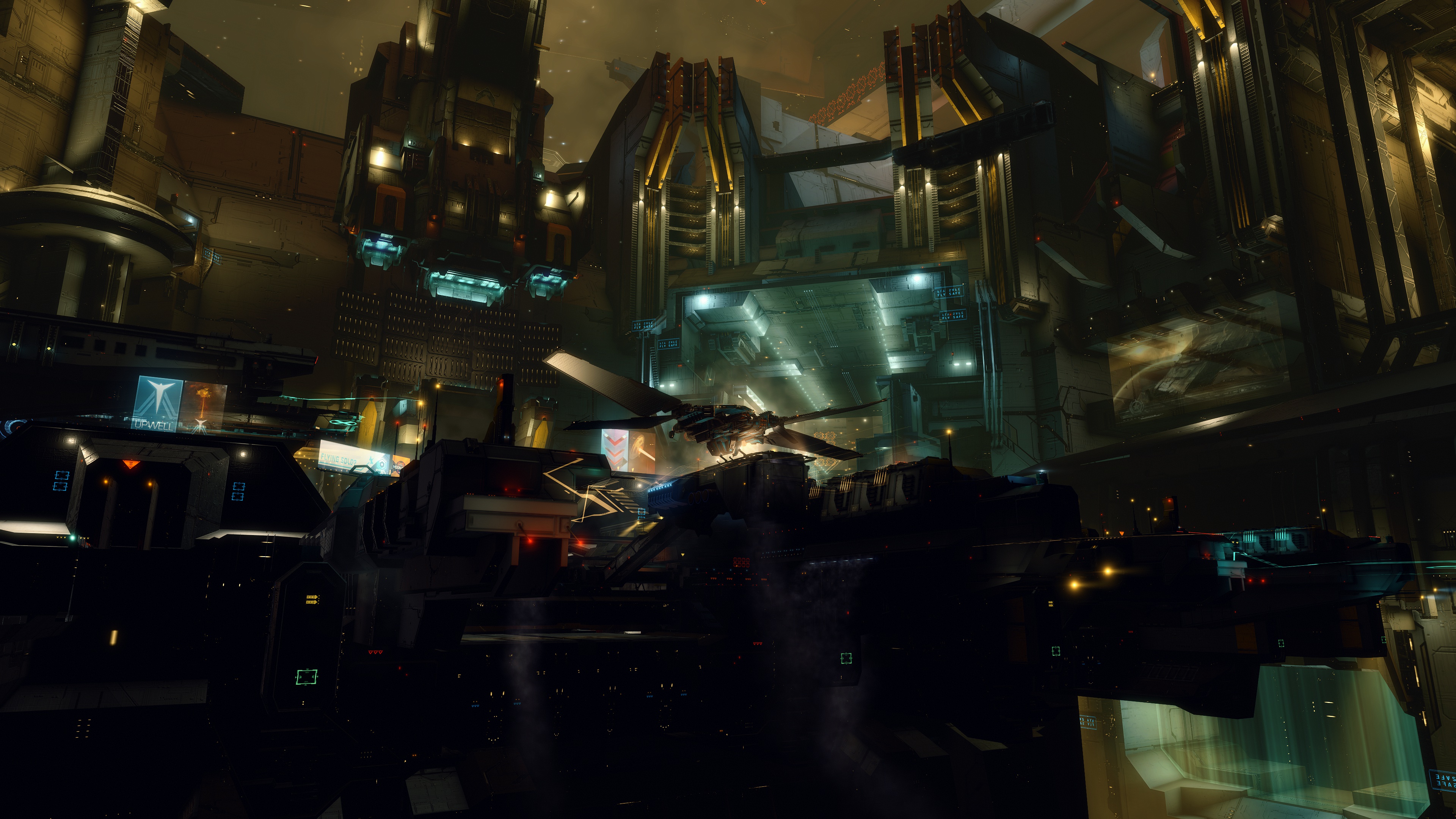
Beating Common Game Production Problems and How to Solve Them
Read More Read More Read More
Game Production
3 days ago• 6 min read
Blog topics:
All
Career in GamedevDevoted CG UpdatesGame ProductionHandy TipsOtherTutorials
Popular last months
Collaborate,
Create, Captivate
Stay informed
with Devoted Studios

